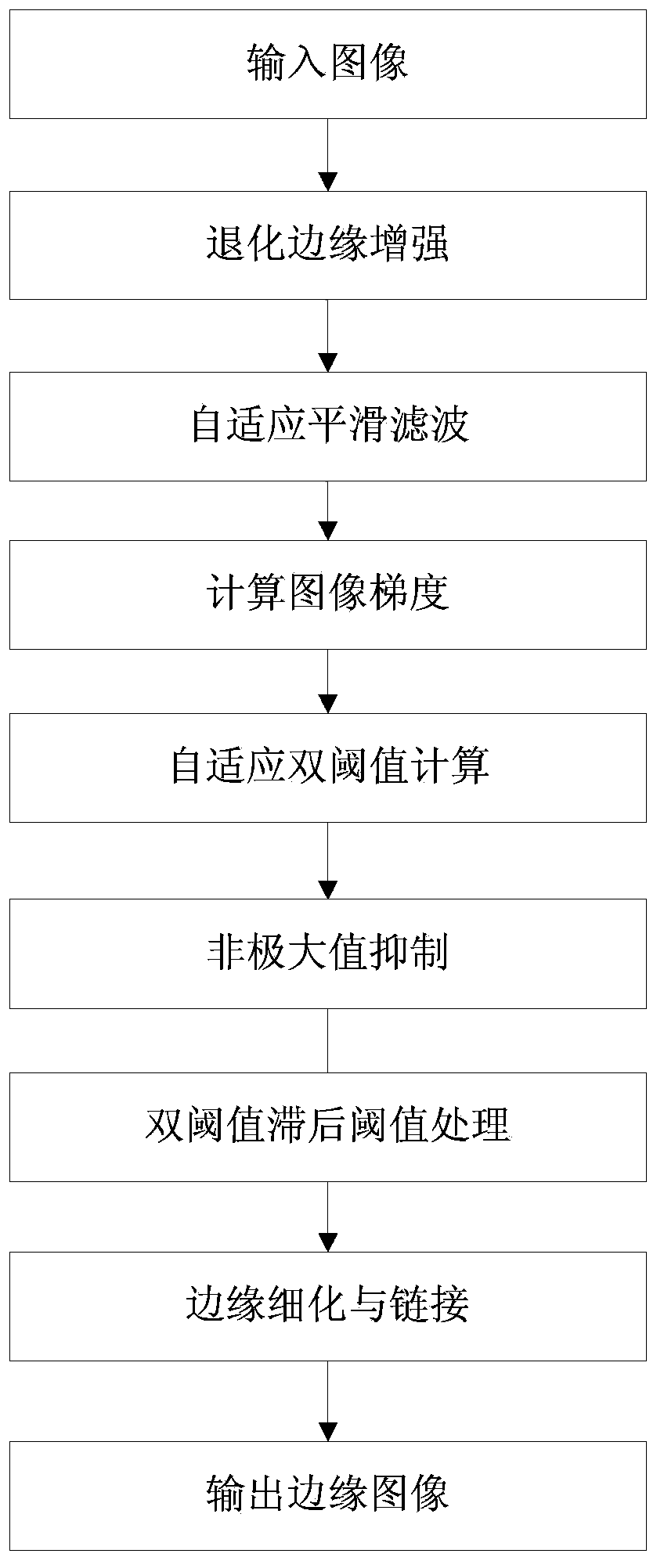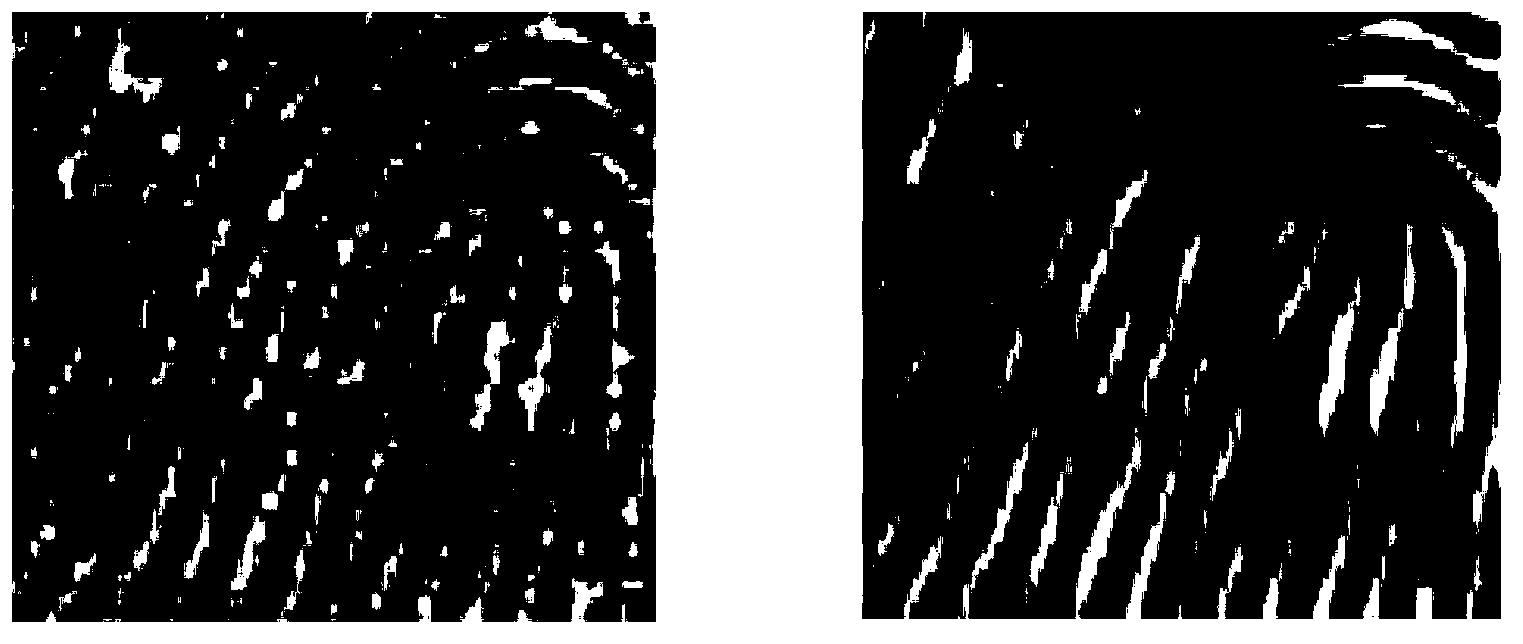Multi-scale image weak edge detection method based on minimum description length
A detection method, weak edge technology, applied in image enhancement, image analysis, image data processing and other directions, can solve the problem of lack of scale selection criteria for algorithms
- Summary
- Abstract
- Description
- Claims
- Application Information
AI Technical Summary
Problems solved by technology
Method used
Image
Examples
Embodiment Construction
[0082] The present invention will be further described below in conjunction with the accompanying drawings, but the embodiments of the present invention are not limited thereto.
[0083] like figure 1 As shown, the traditional Canny operator includes the following four basic steps:
[0084] (1) Smoothing: suppress noise as much as possible without destroying real edges.
[0085] (2) Differentiation (Gradient): apply the differential operator to find the gradient of the smooth image, and use it as an indicator of marginality.
[0086] (3) Detection: To determine which edge pixels should be removed as noise and which must be retained, usually using the threshold method as the criterion.
[0087] (4) Localization: Determine the exact position of the edge (in some special occasions, the positioning must reach sub-pixel resolution, such as satellite maps and visual measurement).
[0088] (5) Thinning and linking: maintain the single-pixel characteristics and integrity of the edg...
PUM
 Login to View More
Login to View More Abstract
Description
Claims
Application Information
 Login to View More
Login to View More - R&D
- Intellectual Property
- Life Sciences
- Materials
- Tech Scout
- Unparalleled Data Quality
- Higher Quality Content
- 60% Fewer Hallucinations
Browse by: Latest US Patents, China's latest patents, Technical Efficacy Thesaurus, Application Domain, Technology Topic, Popular Technical Reports.
© 2025 PatSnap. All rights reserved.Legal|Privacy policy|Modern Slavery Act Transparency Statement|Sitemap|About US| Contact US: help@patsnap.com



